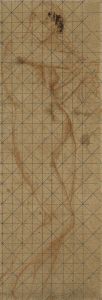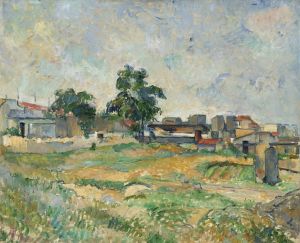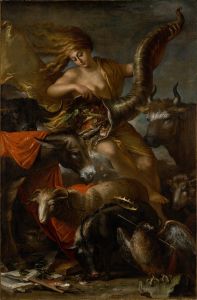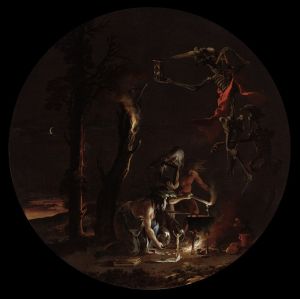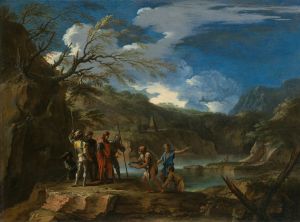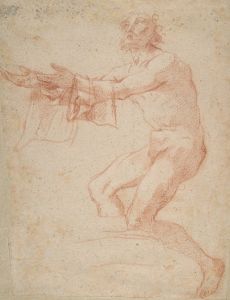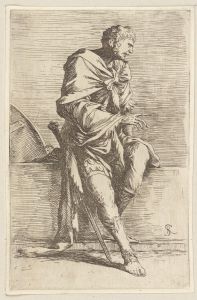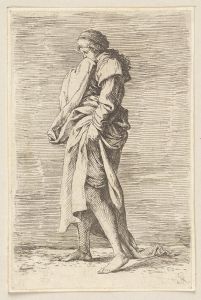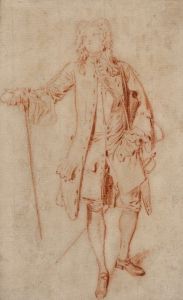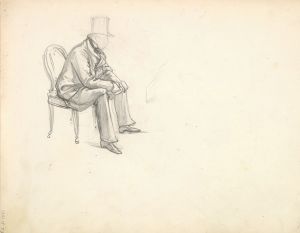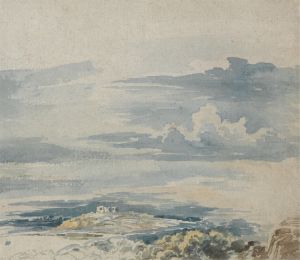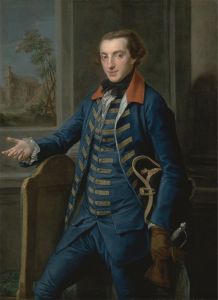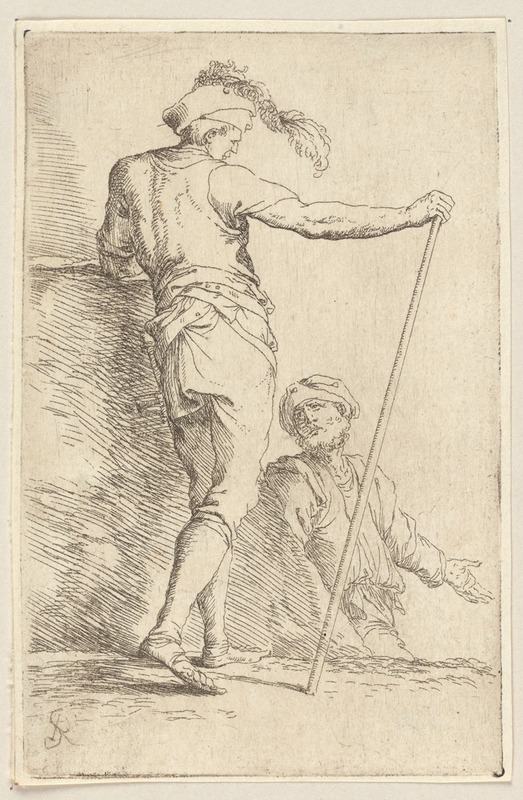
Two Soldiers, One Seen from Behind and Holding a Cane in His Right hand
A hand-painted replica of Salvator Rosa’s masterpiece Two Soldiers, One Seen from Behind and Holding a Cane in His Right hand, meticulously crafted by professional artists to capture the true essence of the original. Each piece is created with museum-quality canvas and rare mineral pigments, carefully painted by experienced artists with delicate brushstrokes and rich, layered colors to perfectly recreate the texture of the original artwork. Unlike machine-printed reproductions, this hand-painted version brings the painting to life, infused with the artist’s emotions and skill in every stroke. Whether for personal collection or home decoration, it instantly elevates the artistic atmosphere of any space.
Salvator Rosa (1615-1673) was an Italian Baroque painter, poet, and printmaker known for his unorthodox and often rebellious approach to art. One of his works, "Two Soldiers, One Seen from Behind and Holding a Cane in His Right Hand," is a notable example of his ability to capture the human form and convey a sense of narrative through his compositions.
This painting depicts two soldiers, with one prominently seen from behind, holding a cane in his right hand. The other soldier is partially visible, engaging with the first in what appears to be a moment of conversation or contemplation. The composition is characterized by Rosa's typical use of dramatic chiaroscuro, where strong contrasts between light and dark areas create a sense of depth and volume. This technique not only highlights the physical presence of the figures but also adds a dramatic intensity to the scene.
Rosa's background as a painter was deeply influenced by his experiences in the tumultuous political and social environment of 17th-century Italy. Born in Naples, he was initially trained under his brother-in-law, Francesco Fracanzano, and later under Aniello Falcone, a battle painter. Rosa's early exposure to battle scenes and military subjects is evident in many of his works, including "Two Soldiers, One Seen from Behind and Holding a Cane in His Right Hand."
The painting reflects Rosa's interest in the human condition and his ability to infuse his subjects with a sense of realism and psychological depth. The soldiers are not idealized heroes but rather ordinary men, depicted with a sense of authenticity that was relatively uncommon in the art of his time. This approach aligns with Rosa's broader artistic philosophy, which often challenged the conventions of the Baroque period.
Rosa's work was also marked by his engagement with contemporary intellectual and artistic circles. He was associated with the Accademia dei Percossi in Rome, a group of artists and thinkers who valued originality and the expression of personal vision. This connection likely influenced his approach to painting, encouraging him to explore themes of individuality and personal experience.
"Two Soldiers, One Seen from Behind and Holding a Cane in His Right Hand" is a testament to Rosa's skill in capturing the nuances of human interaction and his ability to convey complex emotions through his art. The painting's composition, with its focus on the back of one soldier and the partial view of the other, invites viewers to consider the unseen aspects of the scene, adding a layer of mystery and intrigue.
In summary, Salvator Rosa's "Two Soldiers, One Seen from Behind and Holding a Cane in His Right Hand" exemplifies his distinctive style and his commitment to portraying the human experience with honesty and depth. The painting stands as a significant work within Rosa's oeuvre, reflecting his unique perspective and his contributions to the Baroque art movement.





